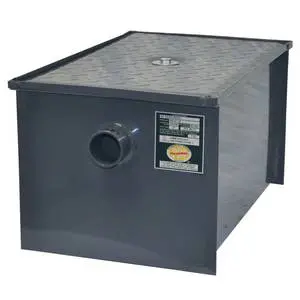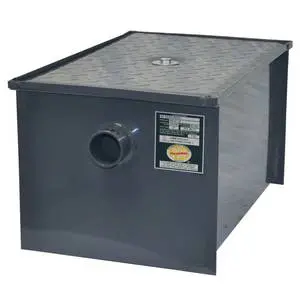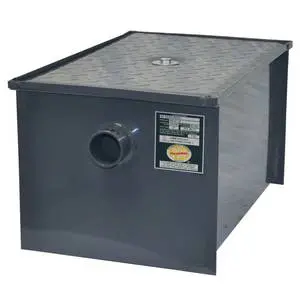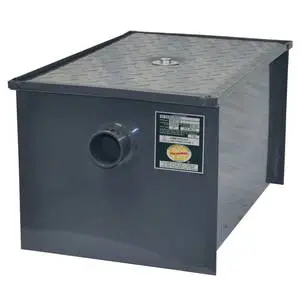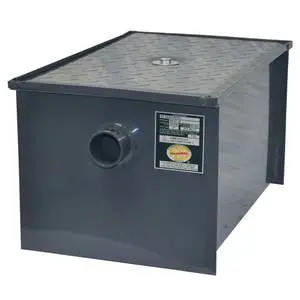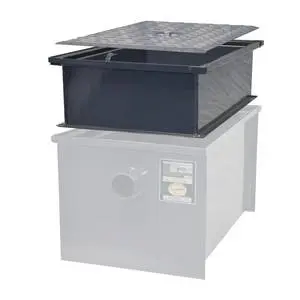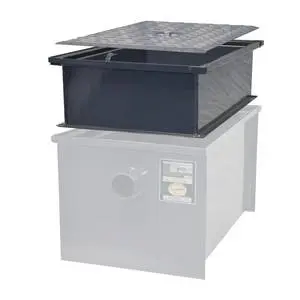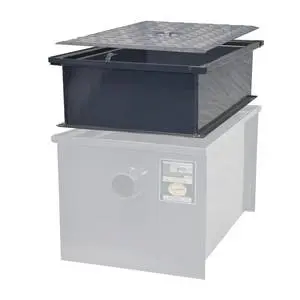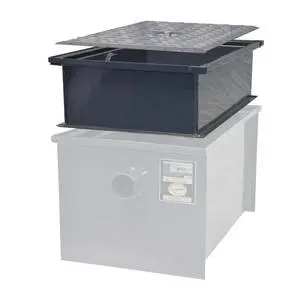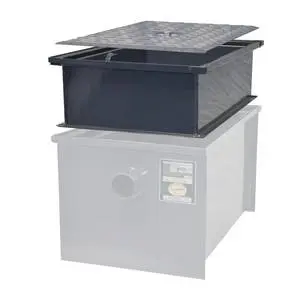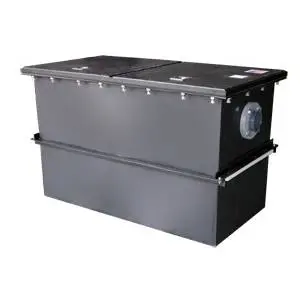Your grease trap is one of your kitchen’s most valuable assets, keeping it clean is essential
According to the United States Environmental Protection Agency (EPA), the annual production of collected grease trap waste and uncollected grease entering sewage treatment plants can be significant and range from 800 to 17,000 pounds per year, per restaurant.
Clogs often happen in busy kitchens when owners and operators pour hot dirty grease down a drain during a busy rush. When that hot liquid cools or hits cold water and solidifies causing pipes to get clogged. Many cities require grease traps to be used in commercial kitchens due to the critical role they play in preventing costly sewer problems.
A grease trap can help eliminate unfortunate scenarios like these. Grease traps play a critical role in keeping a restaurant kitchen and other food service businesses running smoothly by eliminating clogs and keeping plumbing systems functioning properly. They work to separate the waste from the water so businesses can dispose of the used oil, grease and other fats.
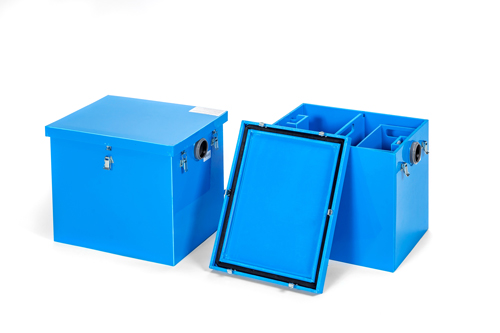
For a grease trap to function as intended, it needs to be properly maintained. Here are some important grease trap maintenance tips from the product specialists at ACityDiscount:
By having your trap regularly cleaned, you prevent the trap from overflowing and avoid expensive plumbing bills. Regularly cleaning your trap also reduces odors, which can be off-putting to your customers.
Smaller grease traps are typically cleaned out by employees on a weekly basis. Cleaning is needed more or less frequently depending on the size of the trap and how much waste grease is produced in the kitchen.
Employees can manually scoop or vacuum solidified grease out of the trap to clean it. If liquid grease remains, pour it into a container or remove with an absorbent material.
Larger grease traps can be more complex to clean, and restaurants with these systems will typically hire a professional to remove, clean and recycle oils.
Always keep records of when your grease trap is cleaned for easy reference.
Encourage staff to be mindful of how grease and oils are being disposed of, set up guidelines and post in appropriate locations in the kitchen.
Maintaining your grease trap is an important part of managing your restaurant and there are important steps you can take to control build up. Preventing environmental consequences, lengthy cleaning processes and added costs will ultimately foster a safe and productive environment for both your employees and customers.
Do you have questions about grease trap maintenance or thinking of purchasing a new unit? Call the food service experts at 404-752-6715.
Did you enjoy this article?
Subscribe to stay up to date on industry news and receive exclusive sales and promotions.




